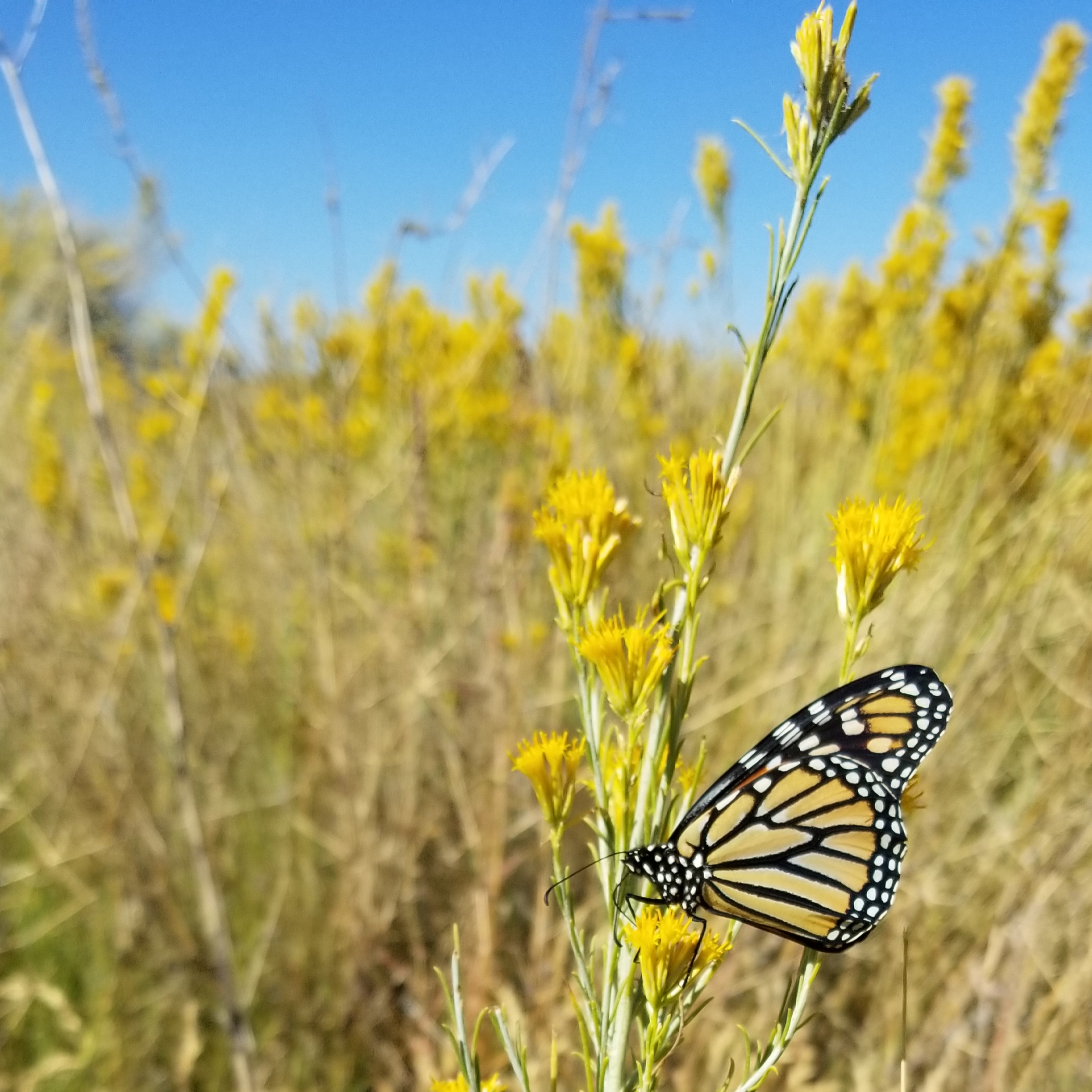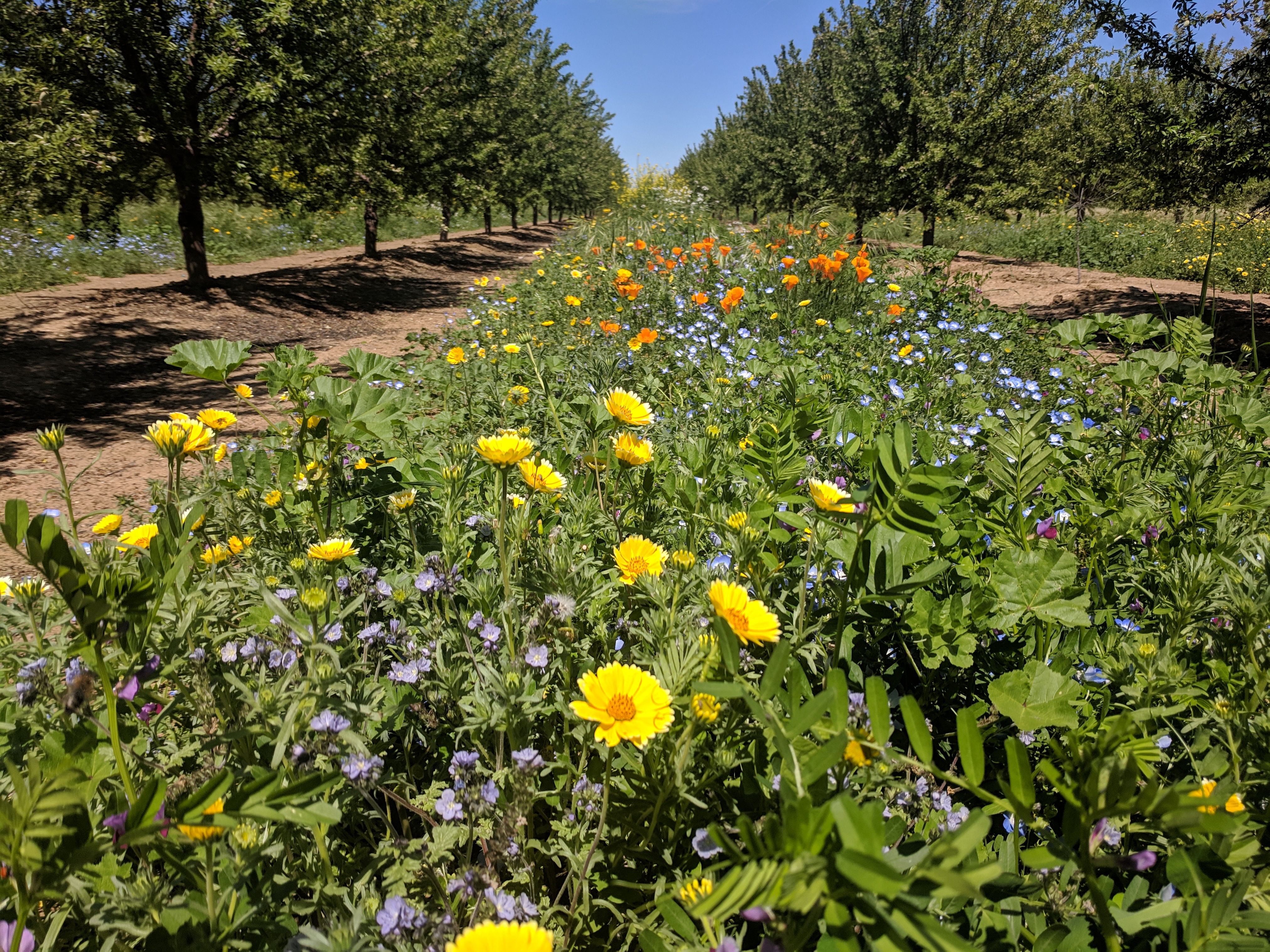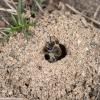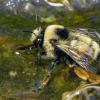About 23% of human-caused greenhouse gas emissions are linked to land degradation.
In August 2019, the Intergovernmental Panel on Climate Change (IPCC) issued a new report detailing the complex relationship between land use and climate change. This may seem like an unintuitive connection; when most people think about climate change, they likely think of CO2 emissions from cars or factories. But the way land is used and managed has a significant impact on the climate.
Land use determines whether an area is a carbon sink (taking carbon from the atmosphere and storing it) or a carbon source (releasing carbon or other greenhouse gases into the atmosphere). About 23% of human-caused greenhouse gas emissions are linked to land degradation. Scientists assert that we will minimize impacts if we can keep warming to 1.5°C. To do this we need to address all CO2 sources, including those from land degradation—which turns affected areas into carbon sources.

Land Degradation and Restoration
As I explained in my last post about climate change, trees and other vegetation play a key role in carbon sequestration. Ecosystems such as forests and grasslands serve as powerful carbon sinks, taking in carbon from the atmosphere and sequestering (storing) it. Healthy soils are also incredibly important for sequestering and storing carbon—and soils in habitats with diverse plant communities serve as a better carbon sink than soils in degraded habitats with lower plant diversity.
The types of land degradation that contribute most to the climate crisis are deforestation, degradation of peat soils, and permafrost thawing (in turn, when permafrost thaws, the greenhouse gas methane is released, contributing to further climate change). Although we don’t typically work in areas with permafrost, the Xerces Society’s staff often work with landowners and land managers to restore natural areas—usually to improve habitat for pollinators or other species of concern. For example, I’ve been working with biologists at the San Luis National Wildlife Refuge in California to restore monarch butterfly habitat. The benefits of restoration work—including adding milkweed and other nectar plants—are manifold. We can increase plant diversity, enhancing the ability of the refuge area to act as a carbon sink while also providing critical habitat for monarch butterflies and other pollinators.

Agriculture and Climate Change
Agriculture also significantly impacts, and is impacted by, climate change. More specifically, the IPCC report details ways that climate change is projected to reduce food security. For example, the nutritional value of many cereal crops (wheat, corn and rice) will decrease as atmospheric CO2 concentrations increase. Cereal prices are expected to rise, and increases in extreme weather events can disrupt the food supply. Poor communities will be the most significantly affected.
While conventional agriculture is a source of greenhouse gas emissions, there are many sustainable farming practices that can turn cropland into a carbon sink. These include: Increasing soil health, decreasing soil erosion, practicing crop rotation, utilizing no-till practices, and planting and maintaining cover crops. Using crop varieties that are better suited to future climatic conditions—such as high temperatures and drought—can increase the landscape’s resilience to change. Cutting the amount of fertilizers used can also help reduce emissions of nitrous oxide (N20), another significant greenhouse gas that can contribute to climate change.

Farmers: Key Partners in Solving the Climate Crisis
Farmers are an important part of the solution to climate change. Every day, Xerces staff work with amazing farmers to implement sustainable practices and improve habitat for pollinators and other beneficial insects. Many of the practices we recommend—including use of cover crops and installing habitat like hedgerows—improve soil health and carbon sequestration. Much like our work to restore natural habitats, our projects on agricultural lands have the dual benefit of supporting pollinators and helping to mitigate the climate crisis, by turning agricultural lands into carbon sinks.
In partnership with farmers, food companies, and the USDA Natural Resources Conservation Service (NRCS), we work to improve habitat for pollinators and other beneficial insects while also building a more stable, climate-smart food system. Xerces developed Bee Better Certified—the first third party certification program for pollinators—to incentivize farmers and food companies to take action. By becoming Bee Better Certified, farmers are not only helping pollinators they are helping to curb the climate crisis.
As for those of us who aren’t farmers… What can we do to make our food system more climate-friendly? The IPCC report highlights two steps in particular: First, the report stresses the importance of moving away from a meat-centric diets towards a more plant-based diet. The devoted carnivores out there may consider joining the Meatless Monday movement—because even small changes can add up. The second change that can help our food system become more climate resilient is reducing food waste. This is an area where I certainly have room for improvement!

The Importance of Acting Now
Last winter, I discussed the IPCC report detailing the importance of holding warming to 1.5°C vs. 2°C or higher. There are several pragmatic reasons to act now. First, the longer we wait, the harder it will be to keep warming to 1.5 or 2°C, and the more it will cost. Second, keeping warming to 1.5°C means that that the consequences of climate change will be much less severe than they will be at 2°C or higher, and will give us more time to adapt to the coming changes. This will be critical for dealing with effects of climate change like sea level rise.
Furthermore, delaying action on climate change narrows our future options for climate mitigation (actions that reduce greenhouse gas emissions). For example, the ability of soil to act as a carbon sink decreases at higher temperatures, so the payoff that we get from increasing soil health is bigger now than it will be if we wait to act. This means it will take even more effort to become carbon-neutral in the future than it will today. Finally, some responses to climate change may be difficult or impossible to reverse, such as loss of permafrost or rapid decreases in cropland productivity. Acting now means that we can stave off some of the worst effects of climate change and have more time to adapt.
While a lot of the information about the consequences of climate change is sobering, it’s important to keep in mind that we still have time to act. Yes, bold action is needed—the window for responding to climate change through small, incremental changes has passed. But we still have time to keep warming to 1.5°C, holding off the worst effects of climate change. Moreover, we have the opportunity to respond to the climate crisis in a way that alleviates other systemic problems such as poverty and racial injustice. Considering the opportunities that dealing with the climate crisis presents is one of the things that keeps me hopeful when I think about this topic. We can build a better future for everyone—but we have to make the choice now.
Xerces will continue our efforts to work with land managers and farmers to implement climate-smart conservation practices to protect invertebrates, while also helping to mitigate climate change. We have recently published a series of fact sheets about creating climate-smart pollinator habitat in different land use types, available here. These fact sheets are aimed at California, but much of the information is widely applicable.
We can each work to reduce our carbon footprints, but we also need to let our representatives at all levels of government know that we want them to address climate change and that we demand solutions that are equal to the scale of the problem. Please see this link to find contact information for your representatives at the local, state, and national levels, and let them know that taking action on climate change is important to you.
Further Reading
Learn more about climate change on our blog.
Check out our Climate-Smart Habitat publication series.
Read this climate change-themed issue of Wings: Essays on Invertebrate Conservation.




